Contents
- 1 Top 10 Rare Animals You Didn’t Know Exist: Nature’s Hidden Treasures
- 2 Introduction
- 3 Saiga Antelope (Saiga tatarica)
- 4 Aye-aye (Daubentonia madagascariensis)
- 5 Pangolin (Manis)
- 6 Gharial (Gavialis gangeticus)
- 7 Quokka (Setonix brachyurus)
- 8 Axolotl (Ambystoma mexicanum)
- 9 Fossa (Cryptoprocta ferox)
- 10 Kakapo (Strigops habroptilus)
- 11 Vaquita Porpoise (Phocoena sinus)
- 12 Okapi (Okapia johnstoni)
- 13 Frequently Asked Questions
- 13.0.1 What makes these animals so rare compared to other species?
- 13.0.2 How do scientists estimate population numbers for such elusive animals?
- 13.0.3 Can any of these species be kept in captivity for conservation purposes?
- 13.0.4 What role do local communities play in protecting these rare animals?
- 13.0.5 How does climate change specifically affect these rare species?
- 13.0.6 What can individuals do to help protect these rare animals?
- 14 Conclusion
- 15 External Resources and Further Reading
Top 10 Rare Animals You Didn’t Know Exist: Nature’s Hidden Treasures
Introduction
You watch through lists of animal documentaries and you believe you’ve seen almost all the spectacular creatures inhabiting our world. Lions, elephants, polar bears the ‘regulars’ of the animal kingdom. But did you know that at this very moment, as you read this, there are animals out there so outlandishly weird, so wondrously strange that they can only be from the pages of a work of fantasy?
The Earth is akin to a great illusionist; its stupendous magic it hoards in hinterlands, where few human eyes ever go. While we gape at the animals we know, nature has been busily crafting others so singular that discovery of them is like finding pieces of eight among the dross. These are not ‘rare’ animals as evidence that reality often outstrips imagination.
Think of the Saiga Antelope (Saiga tatarica), which roams the semi-desert and desert regions of Central Asia, where even its unusual appearance with its strange funnel-like nostrils seems not out of place. Or the Aye-aye (Daubentonia madagascariensis), the lemur of Madagascar that usually spends the night tapping on trees for food like some ‘Sherlock Holmes’ insect-catcher in the woods, with his bony ‘Yankee’ middle finger to pull out insects. Then there’s the Pangolin (Manis), nature’s little artillery piece ‘living pine-cone,’ which rolls up into an invulnerable ball and the Gharial (Gavialis gangeticus), a crocodilian oddity with that strange swollen bulbous tip to its snout that looks as though it is always astonished.
The Quokka (Setonix brachyurus) smiles like the happiest optimist on earth at isolated spots on Australian islands. The Axolotl (Ambystoma mexicanum) restores lost limbs extremely effortlessly like a biological superhero. The Fossa (Cryptoprocta ferox) prowls Madagascar as a rather impossible cat mongoose combination, and yet all the same does exist, while the Kakapo (Strigops habroptilus) ambles through New Zealand forests as the world’s only parrot unable to fly.
The third is the Vaquita Porpoise (Phocoena sinus). It is so rare that it’s almost a maritime ghost, and the last is the Okapi (Okapia johnstoni), which to me looks as if someone was undecided between a giraffe and a zebra.
All these are not mythical beasts or extinct curiosities that are our contemporaries in the present world and share the planet with us at this very moment; each one of them is a masterpiece that has taken millions of years to perfect .
Saiga Antelope (Saiga tatarica)
The Saiga antelope is one of the most interesting mammals on Earth! This animal is recognized immediately for its large, inflating trunk-nose that resembles a miniature elephant’s trunk. This nose serves various purposes: as a dust filter during summer ranges; as a way to warm cold air before it enters their lungs in the winter; as a way of scent to detect predators and to locate and identify vegetation across the vast, wide-open steppes of Central Asia.
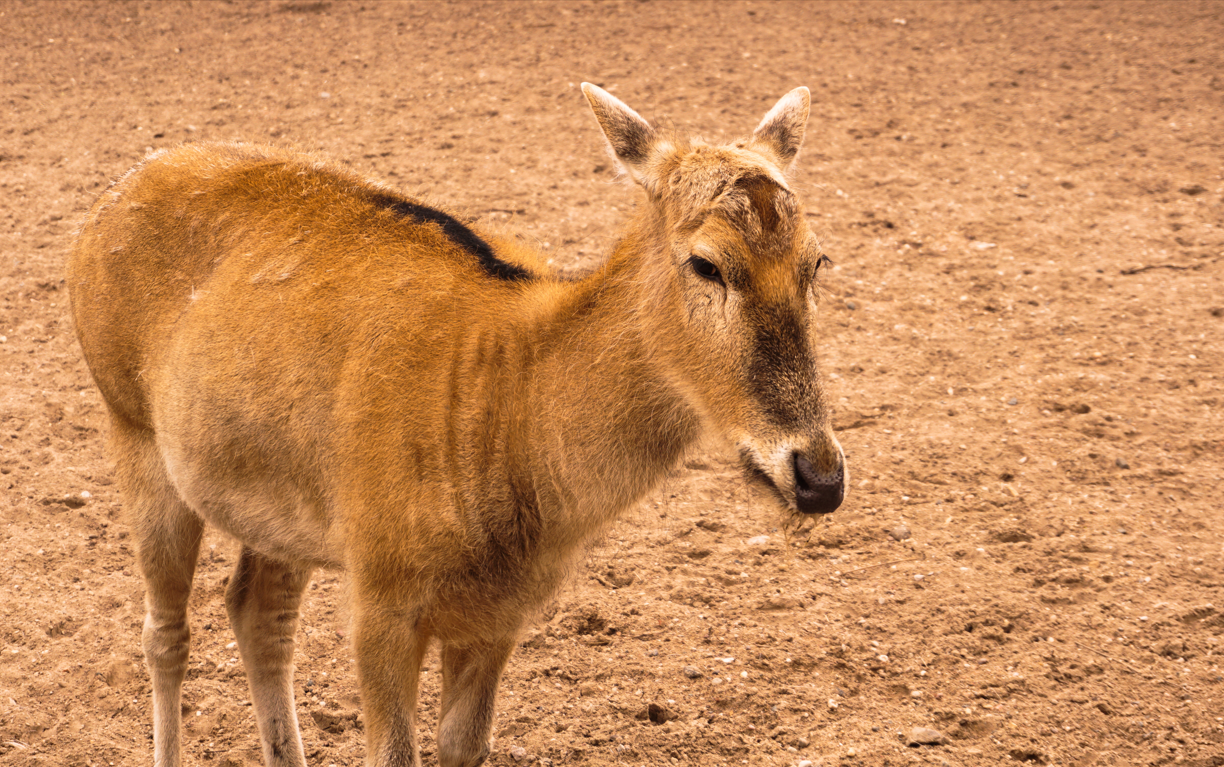
Physical Features and Habitat
Saiga antelope live in grasses, semi-deserts, and steppes in Russia, Kazakhstan, Mongolia, and Uzbekistan. Males are slightly larger than females and weigh between 36-63 kilograms, while females weigh 21-41 kilograms. When male saiga antelopes are breeding, they develop translucent, ridged horns that can grow to a length of 38 centimeters long, which they will use to fight for mates in dramatic fashion.
Behavior and Migration
These incredible animals undertake some of the longest migrations of any terrestrial mammals ranging up to 1,000 kilometers seasonally in search of food and breeding grounds. Saiga migrate in large herds with individuals in the thousands, creating one of the largest spectacles of wildlife on Earth. Saiga antelope are mostly grazers and eat largely grasses, herbs, and shrubs, and sometimes lichens during harsh winter months.
Conservation Challenges and Reserves
The Saiga population has faced a disaster that has seen a drastic falling trend from over one million in the 1990s, to having critically low populations today. The main threats affecting Saiga populations include illegal hunting for their horns (valued in traditional Chinese medicine), habitat fragmentation due to land development, and climate change which is affecting migration routes. Results of conservation efforts in eastern Kazakhstan include anti-poaching patrols, education, community conservation leaders, and collaboration with the global initiative to reduce demand for Saiga horn products.
Aye-aye (Daubentonia madagascariensis)
Madagascar’s most mysterious primate, the aye-aye, looks like it was pieced together from bits and pieces of various animals. With its bat-like ears, beaver-like teeth, squirrel-like tail, and a long, bony middle finger, this nocturnal lemur is one of evolution’s most fascinating experiments. As the largest nocturnal primate in the world, the aye-aye is also the only primate known to use echolocation-like methods to find food.
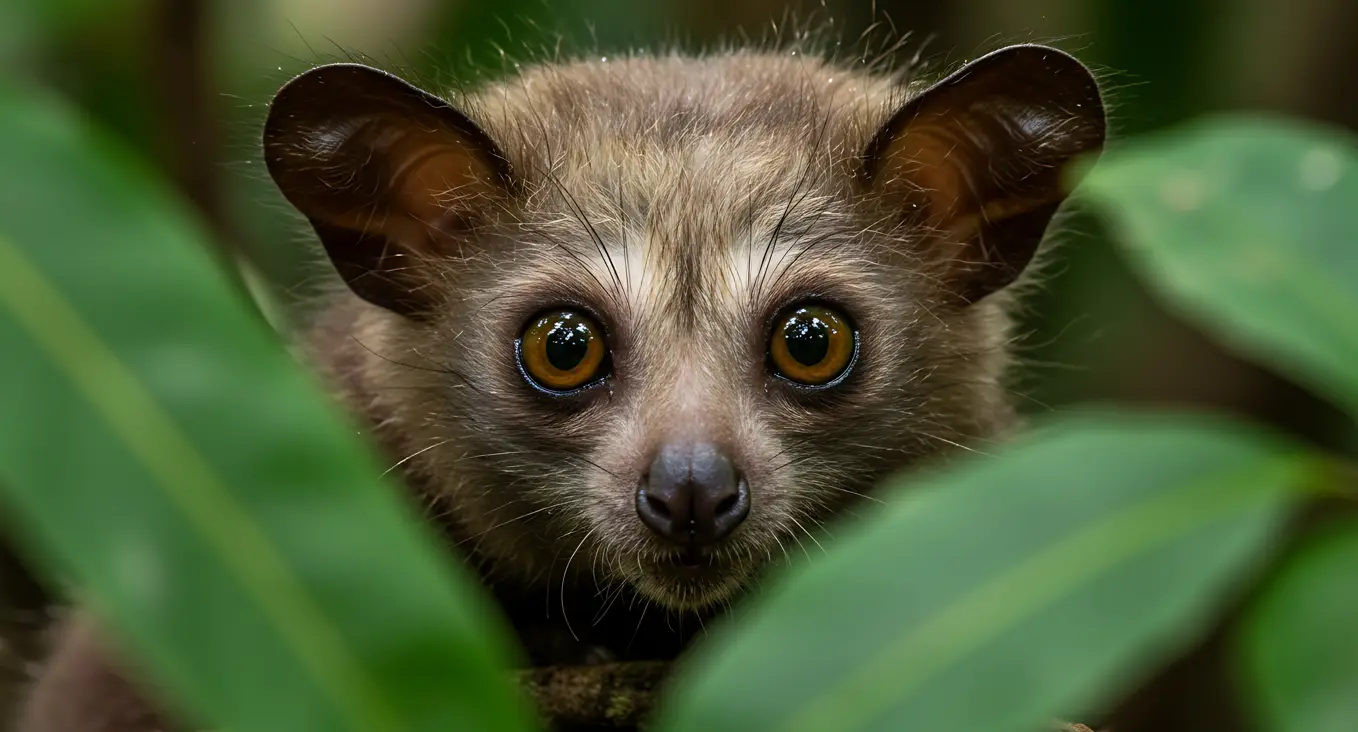
Unique Feeding Behavior and Adaptations
What really sets the aye-aye apart is its unique middle finger, which it uses like a woodpecker’s beak to tap on tree bark and find insect larvae hiding underneath. This finger can move independently from the others and keeps growing throughout its life. With its sharp hearing, the aye-aye can pick up on subtle sound changes that signal hollow spaces filled with grubs, then it uses its strong incisors to gnaw holes and fish out its prey with that slender finger.
Habitat and Social Structure
These solitary creatures make their home in Madagascar’s rainforests, dry forests, and mangrove swamps, spending most of their time high up in the forest canopy. They build intricate spherical nests called “dreys” in the forks of trees, creating new ones every few days. Aye-ayes are primarily nocturnal, coming to life at dusk to search for insects, nuts, nectar, and sometimes even bird eggs.
Cultural Challenges and Conservation Needs
In traditional Malagasy culture, aye-ayes are often seen as omens of death or evil spirits, which has led to them being persecuted and killed on sight. This superstition, along with habitat destruction from slash-and-burn farming and logging, has taken a heavy toll on their populations. Conservation efforts are underway, focusing on educating communities to dispel these harmful myths, protecting their habitats, and establishing captive breeding programs in zoos around the world to help maintain genetic diversity.
Pangolin (Manis)
Pangolins are the only scaled mammals in the world also known to don pine cone or artichoke like characteristics which they have as a means of defense. Out of the 8 species which we have which in turn include 4 from Africa and 4 from Asia they put in danger the fact that though protected, they are the world’s most trafficked animal.
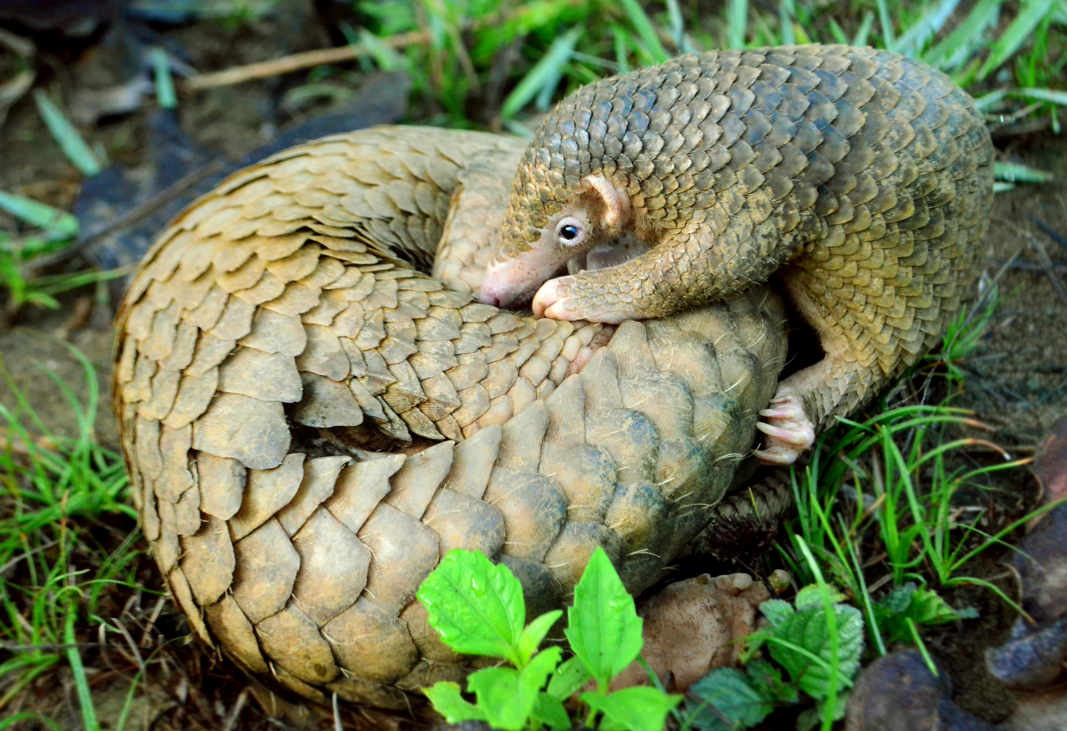
Anatomy and Defensive Mechanisms
Pangolins have a scale structure which is 20% of their body weight and is a growing feature for the species’ lifetime. At the sign of danger pangolins will roll into a tight ball, drawing in head and legs into a protective shell. Also the scales are very sharp which makes them great defense against predators. Though they do not have teeth, pangolins have very powerful claws for digging and also very long sticky tongues which may extend up to 40 cm to catch ants and termites.
Feeding Habits and Ecological Role
Pangolins are very much so insectivores which we see to be eating about 70 million insects a year per each individual. They live almost only on ants and termites which they track down via an amazing sense of smell. A single pangolin may put away 20,000 ants a day which makes them key in the control of insect populations and in the maintenance of ecological balance in their environment.
The Illegal Trade Crisis
Pangolins are at risk of extinction which is mainly due to illegal wildlife trade. It is a belief in traditional Chinese medicine that their scales have medicinal value and also their meat is a prized dish in some areas. Although pangolins are protected by CITES internationally this trade is growing which we estimate to have seen over one million pangolins traded in the past10 years. We put forward that conservation efforts should go into( 加强强化 ) law enforcement, reduce consumer demand through education, and support local communities in pangolin range countries.
Gharial (Gavialis gangeticus)
The gharial is one of the longest crocodilians and one of the most endangered reptiles. Its extremely narrow snout has sharp, interlocking teeth. Males also develop a bulbous growth on the tip of their snout called a “ghara,” which helps amplify vocalizations during mating season and serves as an important display for attracting females.
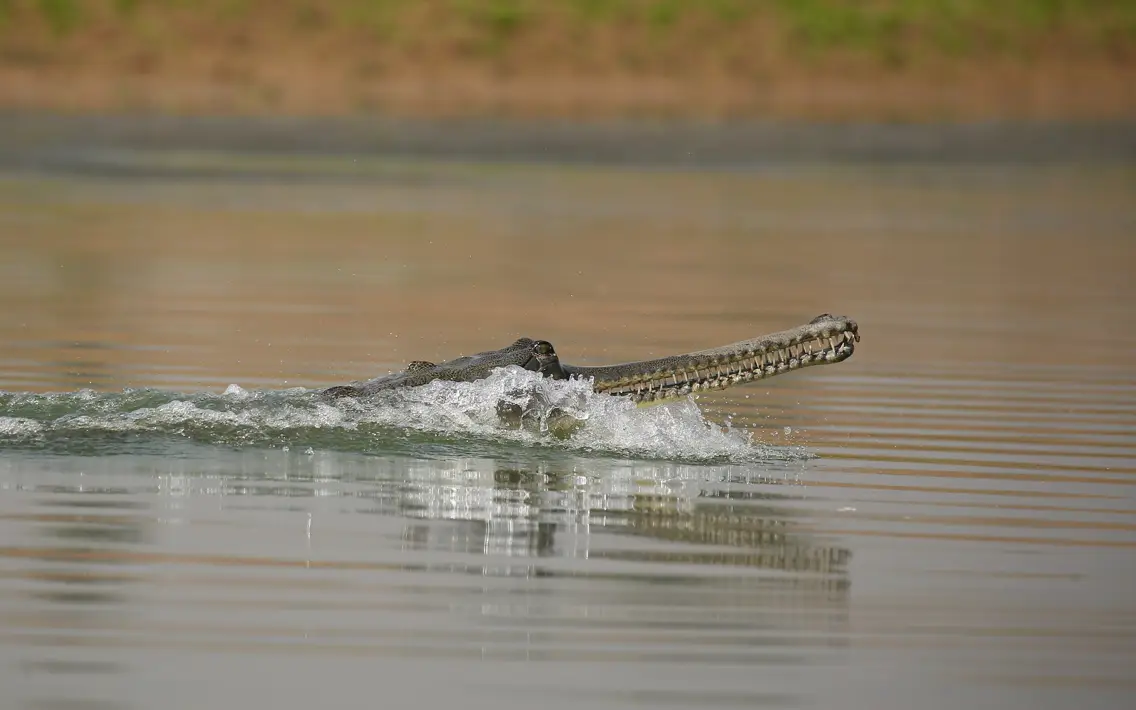
Aquatic Lifestyle and Physical Adaptations
Gharials are perfectly adapted for life in the water. The narrow snouts that help them catch fish with lightning-fast sideways snaps. Their legs are rather weak, so they almost entirely depend on water. Adult males can grow as large as 6 meters, and females reach about 4 meters. 5 meters. Thanks to their webbed feet and strong, flattened tails, they are excellent swimmers, even though they are awkward on land.
Reproductive Behavior and Social Structure
Female gharials build nest mounds close to riverbanks and lay 20–95 eggs, which incubate for about 90 days. Unlike other crocodilians, female gharials carry hatchlings to the water and guard them for several months. Males stake out territories along riverbanks and may attract several females, with dominant males mating with up to 18 females in a season.
Habitat Requirements and Conservation Threats
Gharials need deep, fast-flowing rivers with plenty of sandy banks for nesting and basking. They used to live throughout all the major river systems of the Indian subcontinent, but only 2% of their original habitat remains today. The main threats include river pollution, sand mining activities, dam construction, entanglement in fishing nets and illegal egg collection. Conservation efforts include captive breeding, habitat restoration, community outreach programs, and increasing the number of protected river sites.
Quokka (Setonix brachyurus)
The simple-looking quokka is referred to as the “world’s happiest animal” with a smile that charms everyone it meets. This small marsupial has indeed managed to capture the attention of the world although not quite as successfully as a cat. Ending cat like in size with a quokka, the cat is still a head above the cat when it comes to the animal’s corners of the Earth that has managed to capture. This small animal is native to southwestern Australia.
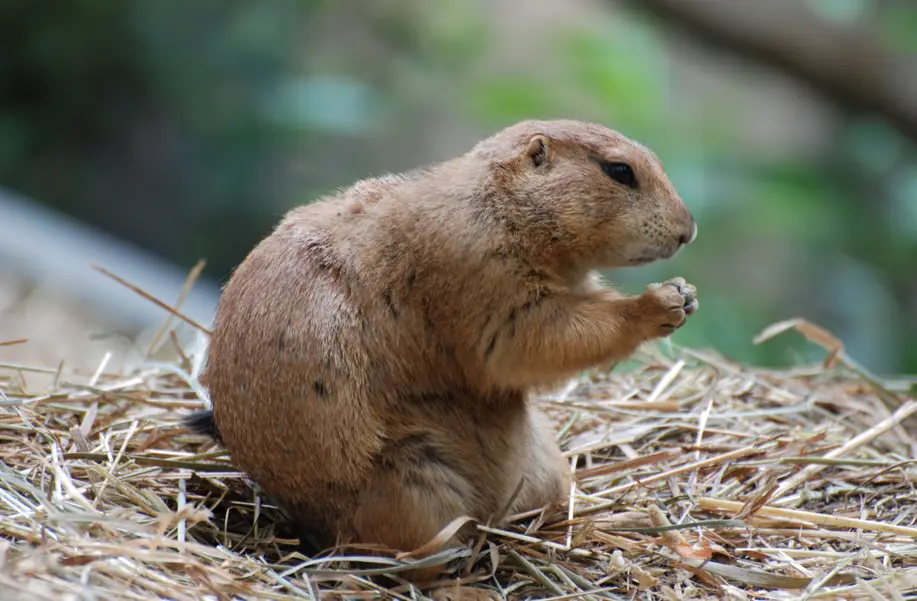
Adaptations and Life on Islands
Some quokka, alongside the rest of their kind, can be found on the Rottnest Island of Western Australia. There they have managed to construct a life for themselves that does not include being hunted. Instead, the opposite, Marco’s boy, who is a fangless cat, actually takes selfies with these animals and has managed to capture their attention. Quokkas are also known for their uncanny resemblance to kangaroo due to their extremely strong back legs. They can also move at the same speed as a kangaroo, 20 kilometers per hour. This is under the rare cases that they need to hop, as quokkas prefer to walk.
Behavior in Groups and Their Diet
At sunset, these animals, who are known as marsupials, go to look for branches and leaves. At this time too, quokkas are able to capture as much water as they can. They love to live quietly in small families together. Among the families there, they emit strong vocalizations and communicate through a variety of sounds. Their grunts and other weak batter only add to the panting and therefore have hardly any other use.
Tourism Impact and Conservation Balance
Quokka tourism does bring more attention to the species. But it also creates some conservation issues. More people around can really stress the animals. It might also change how they naturally act.
Conservation work tries to keep their habitat in good shape. It also focuses on controlling animals like foxes and cats that aren’t native. We’re also managing how tourists interact with them through education. And we keep an eye on how healthy the quokka populations are.
Feeding quokkas is strictly against the rules. This is because human food can cause them serious health problems. It can also make them rely on us too much.
Axolotl (Ambystoma mexicanum)
The axolotl, frequently called the” Mexican walking fish,” is actually an submarine salamander that has captured scientific attention for its extraordinary regenerative capacities. These neotenic amphibians retain their larval characteristics throughout their lives, including external gills and a completely submarine life, making them unique among invertebrates.
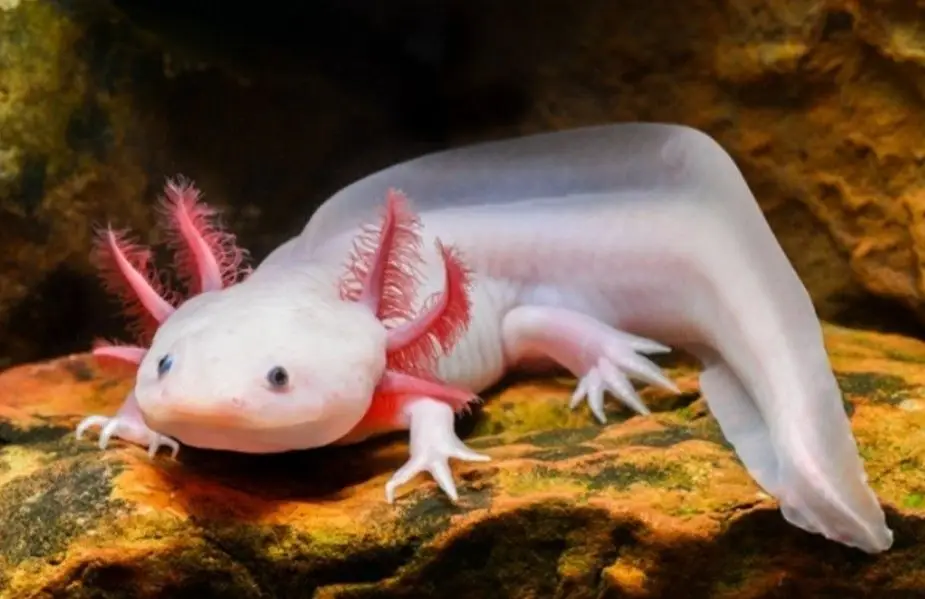
Remarkable Regenerative Powers
Axolotls retain maybe the most advanced regenerative capabilities of any invertebrate, suitable to regrow entire branches, portions of their spinal cord, heart, and indeed corridor of their brain without scarring. This rejuvenescence process can take several months but results in impeccably functional relief apkins. Scientists study axolotls intensely to understand regenerative mechanisms that could potentially be applied to mortal drug, particularly in treating spinal cord injuries and organ damage.
Natural Habitat and Ecological Niche
Wild axolotls live only in the ancient lake system of Xochimilco near Mexico City, where they inhabit shallow waters with muddy bottoms and abundant foliage. They’re opportunistic bloodsuckers, feeding on worms, insects, small fish, and crustaceans. Axolotls use suction feeding to capture prey and can remain motionless for hours staying for food to approach within striking distance.
Critical Conservation Status
The axolotl population in the wild has declined by over 99 in recent decades, making them functionally defunct in their natural niche. Major pitfalls include water pollution from Mexico City’s civic expansion, niche destruction, preface of invasive fish species, and climate change affecting water situations. Conservation sweats include niche restoration in Xochimilco, interned parentage programs, pollution reduction enterprise, and community- grounded conservation systems involving original growers and fishers.
Fossa (Cryptoprocta ferox)
Madagascar’s largest carnivore, the fossa, is a cat-like predator that occupies the ecological niche filled by big cats on other continents. Despite resembling a cross between a cat and mongoose, fossas are more closely related to the mongoose family. These agile hunters are perfectly adapted for life in Madagascar’s forests and are the primary predator of lemurs.
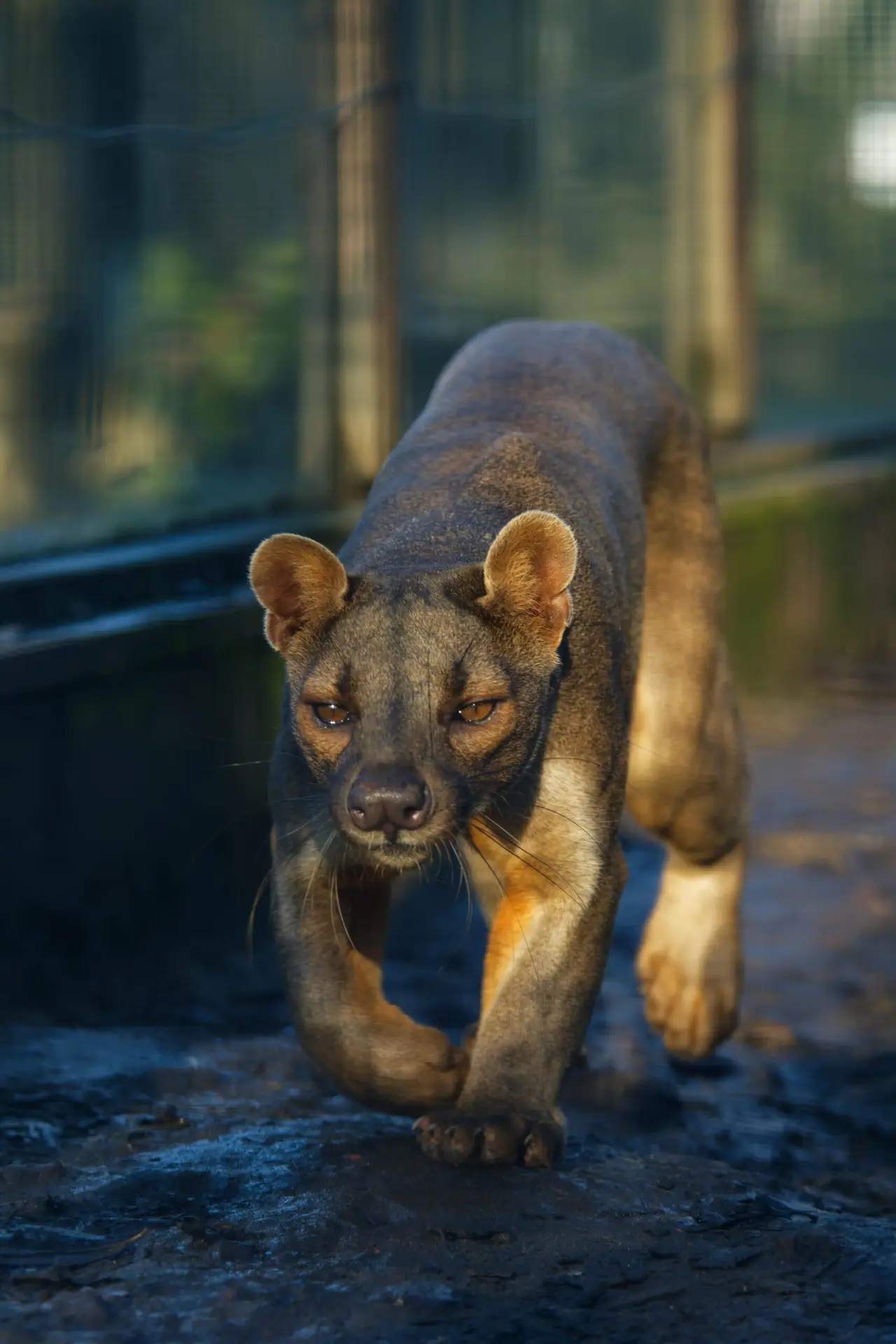
Physical Adaptations and Hunting Abilities
Fossas possess retractable claws, flexible ankles that rotate 180 degrees, and long tails that serve as counterbalances during arboreal pursuits. These adaptations make them exceptional climbers capable of hunting in trees with the same efficiency as on the ground. Adults can reach lengths of up to 80 centimeters with tails nearly as long, and they can leap distances of up to 4 meters between trees.
Predatory Behavior and Diet
As Madagascar’s apex predator, fossas primarily hunt lemurs, which comprise up to 50% of their diet. They also consume birds, reptiles, insects, and occasionally domestic poultry near human settlements. Fossas are primarily active during dawn and dusk hours, using their keen senses of smell and hearing to locate prey. They employ both ambush and pursuit hunting strategies, depending on the terrain and prey species.
Reproduction and Conservation Challenges
Fossas have a unique mating system where females mate with multiple males during breeding season while perched high in trees. This behavior, combined with their low reproductive rate and specific habitat requirements, makes populations vulnerable to disturbance. Deforestation for agriculture and charcoal production continues to fragment their habitat, while competition with introduced species and occasional persecution by farmers threatens remaining populations. Conservation efforts focus on protecting remaining forest habitats and educating communities about the fossa’s ecological importance.
Kakapo (Strigops habroptilus)
The kakapo is the world’s only flightless pantomimist and one of the longest- lived catcalls on Earth, with some individualities reaching over 100 times of age. These moss-green, ground- dwelling parrots are also among the heaviest parrots encyclopedically, with males importing up to 4 kilograms. Their incapability to fly, combined with their naturally curious and intrepid nature, made them extremely vulnerable when European settlers introduced bloodsuckers to New Zealand.
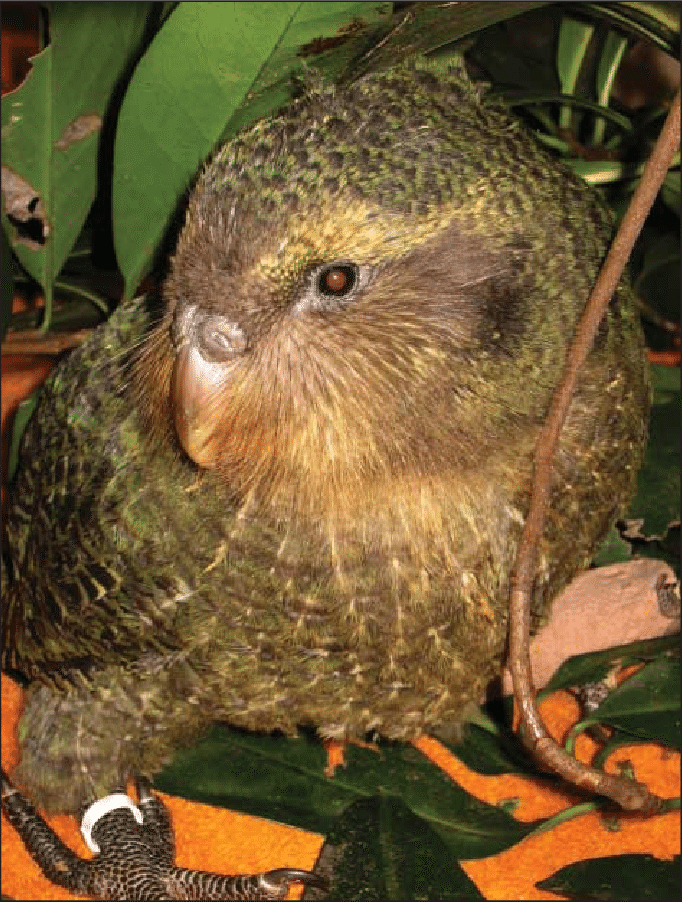
Unique Characteristics and geste
Kakapos retain several remarkable acclimations, including a strong, musty-sweet scent that helps them communicate but also makes them easy for bloodsuckers to track. They’re simply nightly and have developed excellent climbing capacities to compensate for their flightlessness. During breeding season, males produce coliseum- shaped depressions and emit deep, roaring calls that can be heard up to 7 kilometers down to attract ladies.
Reproductive Strategy and Life Cycle
Kakapos have an unusual reproductive strategy tied to the regenerating cycles of native trees, particularly the rimu. They breed only every 2- 5 times when food is abundant, and ladies can live for decades between breeding attempts. This strategy worked well before mortal appearance but becomes problematic when populations are critically low. Ladies lay 2- 4 eggs and give all maternal care, with sprats remaining dependent on their maters for several months.
Ferocious Conservation Management
The kakapo recovery program represents one of the most ferocious species conservation sweats in history. Every individual raspberry is named, tracked, and genetically managed to maintain diversity. Conservation brigades use artificial copulation, supplementary feeding, nest monitoring, and bloodsucker control to maximize breeding success. The program has successfully increased the population from just 51 catcalls in 1995 to over 250 individualities moment, though the species remains critically risked.
Vaquita Porpoise (Phocoena sinus)
The vaquita porpoise holds the woeful distinction of being the world’s most risked marine mammal, with smaller than 10 individualities remaining in the wild. These small porpoises are aboriginal to the northern Gulf of California and face imminent extermination due to incidental prisoner in fishing nets, particularly those used to catch the also- risked totoaba fish.
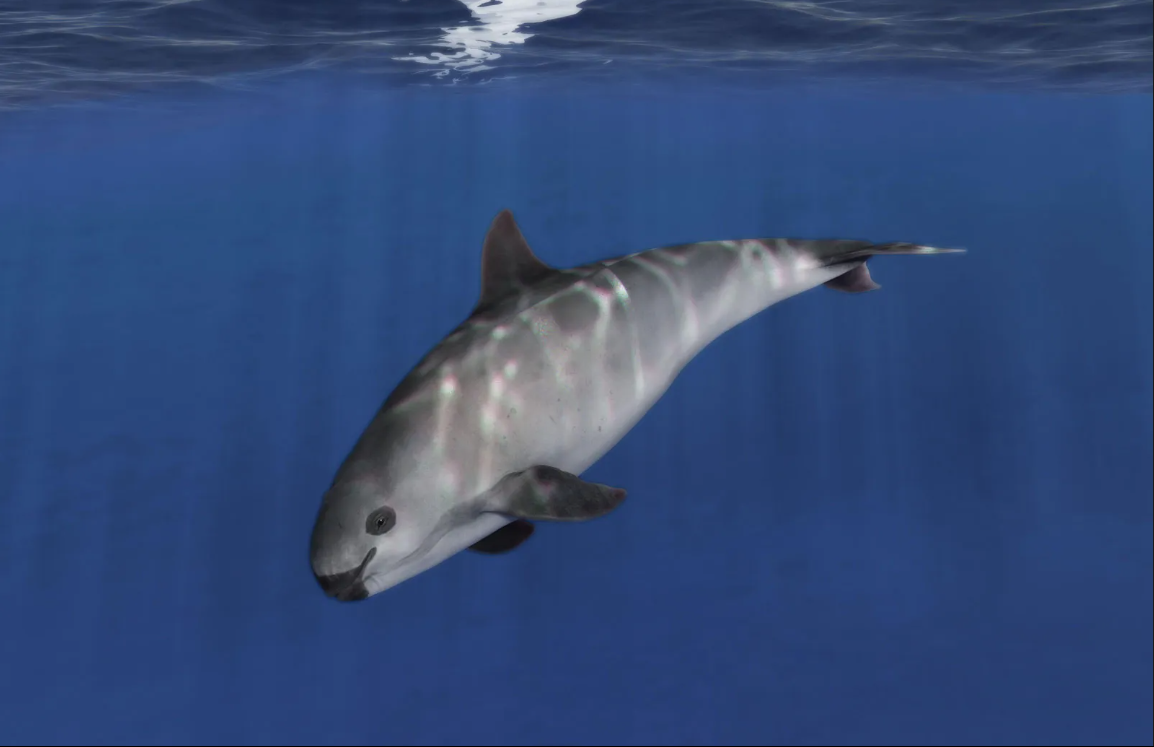
Physical Characteristics and Habitat
Vaquitas are the lowest of all cetaceans, measuring only 120- 150 centimeters in length and importing 35- 55 kilograms. They’ve distinctive dark rings around their eyes and lips, giving them a unique facial pattern. These porpoises prefer shallow, cloudy waters less than 50 measures deep in the upper Gulf of California, where they feed primarily on small fish, squid, and crustaceans.
Behavioral Ecology and Social Structure
Vaquitas are generally solitary or set up in small groups of 2- 3 individualities, however larger aggregations have been observed in areas with abundant food. They’re fairly shy and avoid boats, making them delicate to study in the wild. Their reproductive rate is low, with ladies giving birth to single pins every other time after a gravidity period of 10- 11 months.
The Totoaba Connection and Conservation Crisis
The vaquita’s decline is directly linked to illegal fishing for the totoaba, a large fish whose syncope bladder is largely valued in Chinese traditional drug. Gillnets used to catch totoaba inadvertently trap vaquitas, causing them to drown. Despite Mexican government sweats to ban gillnets and establish a defended area, illegal fishing continues. International conservation sweats include indispensable livelihood programs for fishers, increased enforcement, the development of vaquita-safe fishing technologies, and exigency interned parentage attempts, though the ultimate proved unprofitable due to the species’ stress perceptivity.
Okapi (Okapia johnstoni)
Often called the “forest giraffe,” the okapi remained unknown to Western science until 1901, making it one of the last large mammals to be scientifically described. These elusive animals are the giraffe’s only living relative and possess a unique combination of features that make them perfectly adapted to life in the dense rainforests of the Democratic Republic of Congo.
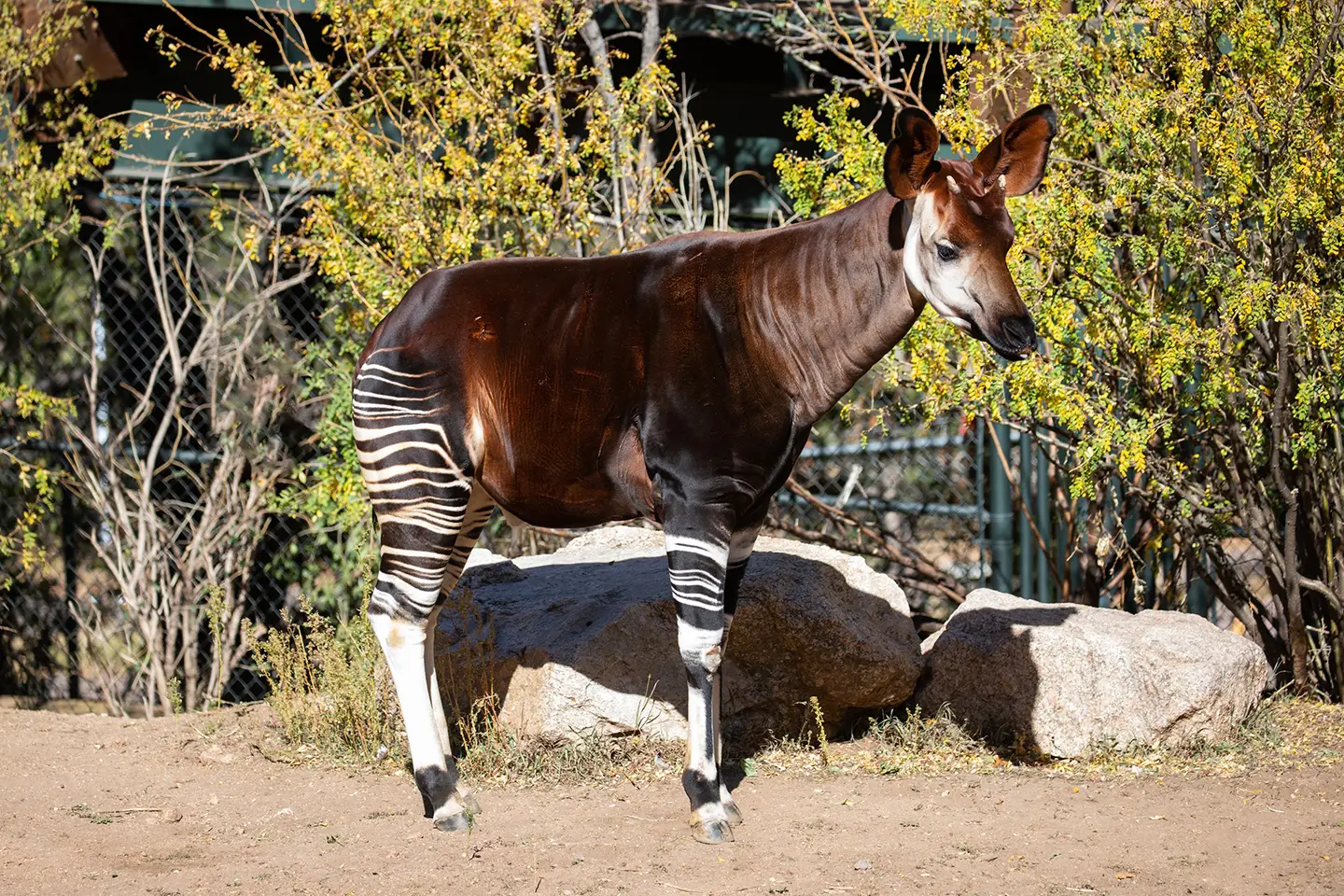
Physical Adaptations and Forest Camouflage
Okapis have chocolate-brown coats with distinctive white horizontal stripes on their legs and rear, providing excellent camouflage in the dappled light of the forest understory. Males possess short, skin-covered horns called ossicones, similar to giraffes but much smaller. Their most remarkable feature is an incredibly long, dark blue tongue that can extend up to 35 centimeters, allowing them to strip leaves from branches and even clean their own eyes and ears.
Solitary Lifestyle and Communication
Unlike their social giraffe relatives, okapis are solitary animals that maintain territories through scent marking and occasional vocalizations. They communicate through infrasonic calls below human hearing range, allowing them to stay in contact across the dense forest without alerting predators. Okapis are active during both day and night, though they tend to be most active during dawn and dusk hours.
Habitat Requirements and Conservation Threats
Okapis require pristine tropical rainforest habitat with diverse plant communities to meet their dietary needs. They are browsers, feeding on over 100 different plant species, including leaves, buds, shoots, and fruits. The ongoing civil unrest in the Democratic Republic of Congo has severely impacted okapi populations through habitat destruction, increased hunting pressure, and disrupted conservation efforts. Mining activities, agricultural expansion, and logging further threaten their remaining habitat. Conservation programs focus on community engagement, ranger training, habitat protection, and international cooperation to support Congolese conservation efforts.
Frequently Asked Questions
What makes these animals so rare compared to other species?
These animals are considered rare due to a combination of factors including small population sizes, limited geographic ranges, specialized habitat requirements, and significant threats from human activities. Many evolved in isolation on islands or in specific ecosystems, making them particularly vulnerable to environmental changes and human interference.
How do scientists estimate population numbers for such elusive animals?
Researchers use various methods including camera traps, acoustic monitoring, genetic sampling from environmental DNA, satellite tracking, aerial surveys, and mark-recapture studies. For marine species like the vaquita, scientists use acoustic monitoring to detect echolocation calls and visual surveys from boats and aircraft.
Can any of these species be kept in captivity for conservation purposes?
Some species like axolotls, pangolins, and kakapos have successful captive breeding programs, while others like vaquitas have proven extremely difficult or impossible to maintain in captivity due to stress sensitivity and specific environmental requirements. Each species requires specialized care based on their unique biological needs.
What role do local communities play in protecting these rare animals?
Local communities are crucial for conservation success, as they often share habitats with these rare species. Effective conservation programs provide alternative livelihoods, education about species importance, and incentives for protection. Community-based conservation has proven essential for species like the okapi and saiga antelope.
How does climate change specifically affect these rare species?
Climate change impacts these species through habitat alteration, changing precipitation patterns affecting water sources, temperature increases affecting breeding cycles, sea level rise threatening coastal species, and shifting food availability. Species with small populations and limited ranges are particularly vulnerable to climate-related changes.
What can individuals do to help protect these rare animals?
Individuals can support conservation organizations, avoid purchasing products made from endangered species, reduce carbon footprints to combat climate change, participate in citizen science projects, educate others about these species, and support sustainable tourism that benefits local communities and wildlife conservation.
Conclusion
The ten remarkable species highlighted in this article represent just a small fraction of Earth’s incredible biodiversity, yet each faces significant challenges that threaten their continued existence. From the critically endangered vaquita porpoise with fewer than ten individuals remaining to the slowly recovering kakapo population, these animals demonstrate both the fragility and resilience of life on our planet. Their unique adaptations, from the axolotl’s extraordinary regenerative abilities to the gharial’s specialized fishing techniques, offer invaluable insights into evolutionary processes and potential applications for human benefit.
The conservation of these species requires urgent, coordinated efforts involving international cooperation, local community engagement, scientific research, and public awareness. Success stories like the kakapo recovery program prove that dedicated conservation efforts can bring species back from the brink of extinction, while tragedies like the vaquita’s decline serve as stark reminders of what we stand to lose without immediate action. Each species plays a crucial role in maintaining ecosystem balance and represents millions of years of evolutionary history that, once lost, cannot be recovered.
By supporting conservation initiatives, making conscious consumer choices, and spreading awareness about these incredible animals, we can all contribute to ensuring that future generations will have the opportunity to marvel at Earth’s extraordinary biodiversity. The survival of these rare species depends not only on protecting their habitats but also on fostering a global understanding of their intrinsic value and the interconnectedness of all life on Earth.
External Resources and Further Reading
- World Wildlife Fund (WWF): www.worldwildlife.org – Comprehensive information on endangered species and conservation programs
- International Union for Conservation of Nature (IUCN) Red List: www.iucnredlist.org – Official conservation status database for all species
- Kakapo Recovery Programme: www.kakaporecovery.org.nz – Detailed information about kakapo conservation efforts
- Vaquita CPR: www.vaquitacpr.org – Emergency conservation efforts for the vaquita porpoise
- Saiga Conservation Alliance: www.saiga-conservation.com – Dedicated to saiga antelope protection and research
- Axolotl Research: www.ambystoma.org – Scientific research on axolotl biology and conservation
- Pangolin Specialist Group: www.pangolinsg.org – Global pangolin conservation coordination
- Madagascar National Parks: Information on lemur and fossa conservation
- Gharial Conservation Alliance: Research and protection initiatives for gharials
- Wildlife Conservation Society: www.wcs.org – Global conservation programs including many rare species
